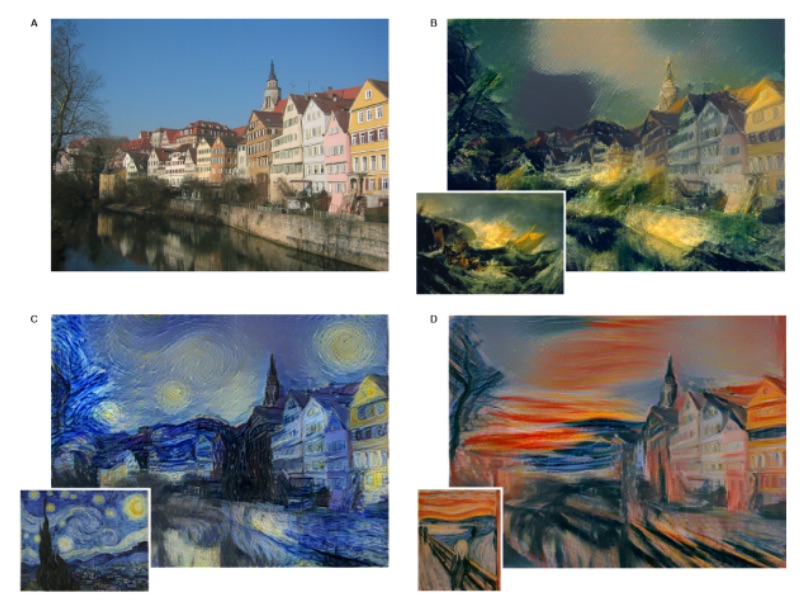
Buying a painting is an expensive affair. The reading on the price tag, moreover, grows exponentially if that piece of art has been made by a great artist like Gerhard Richter, or M.F. Husain. While you can always buy a digital copy for cheap, or use your photoshop skills to create a painting, the technology has largely failed to offer on par experience. That’s changing. German researchers have released apaper detailing how a computer algorithm can turn your ordinary images into professional looking paintings.
The researchers have released images that have a canny resemblance with the works of the all-time greatest painters, Vincent Van Gogh, Picasso, and Edvard Munch. These images took just an hour to come to life, the researchers noted. In the days to come, as they further optimise the algorithm, they expect the processing speed to get faster.
The algorithm, which hasn’t been released to the public yet, showcases the advancements we have made in the field of deep learning. The field in which computers identify and classify patterns through huge data sets, is designed to mirror the way we humans think and work.
The researchers are able to blend an ordinary image with a painting from an artist using something called convolutional neural networks. “The key finding of this paper is that the representations of content and style in the Convolutional Neural Network are separable. That is, we can manipulate both representations independently to produce new, perceptually meaningful images,” wrote (PDF) the authors.
“Here we introduce an artificial system based on a Deep Neural Network that creates artistic images of high perceptual quality. The system uses neural representations to separate and recombine content and style of arbitrary images, providing a neural algorithm for the creation of artistic images. Moreover, in light of the striking similarities between performance-optimised artificial neural networks and biological vision, our work offers a path forward to an algorithmic understanding of how humans create and perceive artistic imagery.”
There are some complications, however. The researchers noted that one needs to maintain the right balance between style and content, as more focus on the former would produce an image that wouldn’t look similar to the original content. The researchers plan to release another paper on this later this year.
[“source-gadgets.ndtv”]
